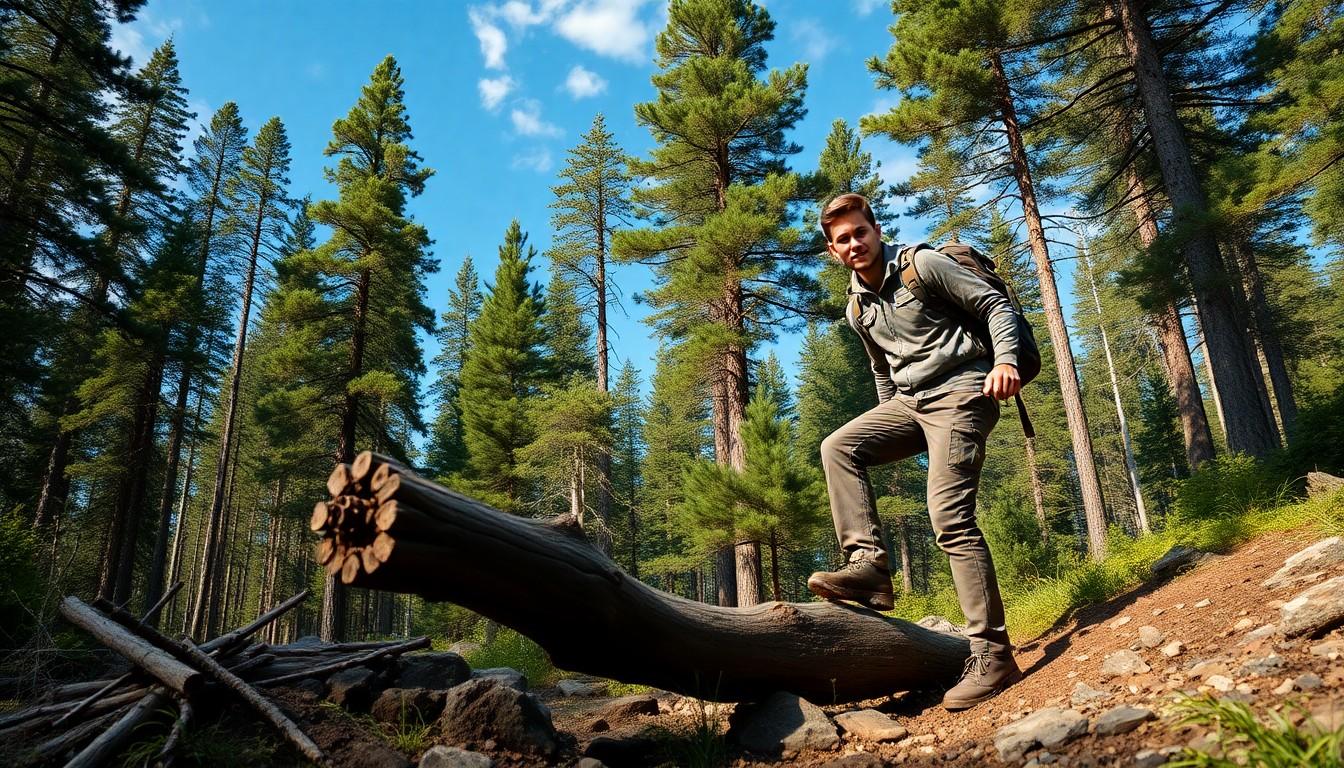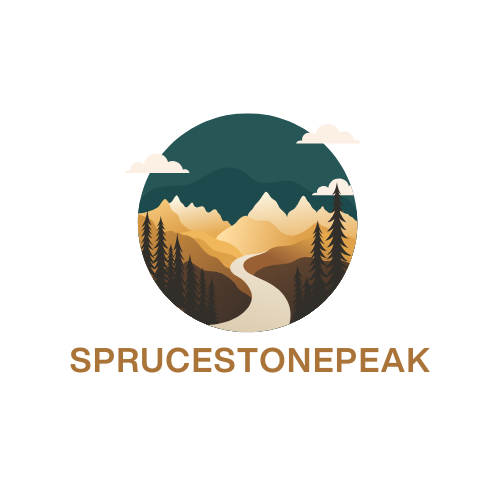In a world filled with Wi-Fi and takeout, who wouldn’t want to escape to the wild? Adventure survival books offer the perfect escape, whisking readers away to treacherous mountains, dense forests, and the occasional bear encounter. These gripping tales not only entertain but also spark the imagination, making readers ponder what they’d do when faced with a sudden lack of cell service and an unexpected rainstorm.
Adventure Survival Books
Adventure survival books captivate readers by immersing them in high-stakes scenarios where survival instincts get tested. These narratives often unfold in remote locations, such as dense forests, towering mountains, or vast deserts, showcasing nature’s beauty and brutality. Characters face challenges that demand resourcefulness, bravery, and resilience, creating a profound connection with the audience.
Emphasis on survival skills stands out in these works. Readers gain insights into wilderness navigation, foraging, and emergency preparedness. Authors often weave practical knowledge into their storytelling, making learning an engaging experience.
Popular titles exemplify the genre’s diversity. Books range from fictional tales like “Hatchet” by Gary Paulsen to real-life accounts like “Into the Wild” by Jon Krakauer. Each offers a unique perspective on survival, whether through the lens of imagination or reality.
Themes of self-discovery frequently emerge. Characters often confront their limits, grappling with isolation and their inner fears. This exploration of human nature invites reflection on personal fortitude amid adversity.
The impact of adventure survival books extends beyond reading pleasure. They inspire a sense of adventure and encourage outdoor exploration. Readers often feel motivated to step out of their comfort zones, embrace challenges, and seek real-life adventures.
These books resonate with a broad audience, appealing to nature enthusiasts, thrill-seekers, and those in search of thought-provoking literature. The genre’s unique blend of excitement and education continues to attract and inspire readers around the world.
Key Themes in Adventure Survival Books
Adventure survival books frequently explore profound themes that resonate with readers, immersing them in compelling narratives of survival against nature’s challenges.
Man vs. Nature
In adventure survival books, the theme of man versus nature takes center stage. Characters confront unpredictable elements like storms, terrain, and wild animals. These encounters highlight the raw power of the natural world, often revealing its beauty and ferocity. Struggles against harsh weather and rugged landscapes force characters to adapt and grow, showcasing resilience. For instance, stories vividly depict intense moments, such as climbing treacherous mountains or navigating dense forests, reinforcing the unpredictable relationship between humanity and the environment.
The Will to Survive
The will to survive emerges as a critical theme in adventure survival literature. Characters frequently face life-threatening situations that test their endurance and resourcefulness. Several narratives illustrate how dire circumstances compel individuals to tap into their inner strength. Moments of despair often yield lessons about determination and bravery. For example, characters learn to create shelter, find food, and navigate challenging terrain, demonstrating practical survival skills amidst chaos. This theme invites readers to reflect on their resilience, encouraging them to face challenges in their own lives with renewed vigor.
Notable Authors and Their Works
Adventure survival books feature a diverse range of authors who create compelling narratives that resonate with readers. Many of these writers immerse audiences in the challenges of wilderness survival and human resilience.
Classic Adventure Survival Books
Gary Paulsen’s “Hatchet” remains a landmark in adventure survival literature. This book chronicles a boy’s journey of self-discovery in the Canadian wilderness after a plane crash. Readers experience his struggle against nature, coupled with personal growth. Additionally, “The Call of the Wild” by Jack London showcases the transformation of Buck, a domesticated dog, into a wild creature, embodying the primal instincts awakened by harsh conditions. Each classic offers timeless lessons on courage and adaptation.
Contemporary Authors Making Waves
Contemporary authors continue to shape the adventure survival genre with innovative storytelling. Jon Krakauer’s “Into the Wild” presents a gripping account of Chris McCandless’s journey into the Alaskan wilderness. This nonfiction narrative mixes personal philosophy with stark realities of nature. Similarly, Cheryl Strayed’s “Wild” tells her story of hiking the Pacific Crest Trail. In it, she explores themes of loss, healing, and the power of nature to heal emotional wounds. Each of these authors brings fresh perspectives while maintaining the genre’s core appeal.
Impact on Readers and Culture
Adventure survival books significantly influence readers and shape cultural perceptions of nature. These stories resonate deeply, often igniting a sense of curiosity about real-world explorations. Characters facing extreme survival situations project resilience and adaptability, qualities that inspire readers.
Themes within the genre, such as humanity’s relationship with nature, invite reflection on personal experiences and values. Readers gain insight into their capabilities through the triumphs and struggles of fictional heroes. Emotional connections develop as individuals witness characters evolve through challenges, fostering introspection.
Influential titles like “Hatchet” and “Into the Wild” encourage readers to step outside their comfort zones. Many find motivation to explore the great outdoors or engage in adventure sports, leading to increased environmental awareness. Cultural perceptions of adventure shift, as outdoor exploration becomes valued and celebrated.
In educational settings, adventure survival literature serves dual functions. Such books often enhance language skills while imparting practical knowledge about survival and nature. Teachers may use popular titles to create engaging curricula that promote critical thinking and discussion.
Readers across various demographics connect with adventure survival narratives. Nature enthusiasts, young adults, and seasoned adventurers alike discover shared experiences of grit and determination. This genre transcends age and backgrounds, uniting individuals through stories of survival and growth.
Adventure survival books encourage communities to foster appreciation for nature. Literature inspires outdoor events and engagements, bringing people together to explore wilderness areas. As more readers embrace these narratives, a culture of adventure and exploration flourishes, embedding itself within societal values.
Spirit of Adventure
Adventure survival books offer more than just thrilling escapism; they serve as a powerful reminder of human resilience and adaptability. Through captivating narratives, readers explore the raw beauty and challenges of nature while reflecting on their own strength in adversity. These stories resonate deeply, inspiring a sense of adventure and encouraging exploration beyond one’s comfort zone.
As readers immerse themselves in the struggles and triumphs of characters, they gain valuable insights into survival skills and personal growth. This genre continues to thrive, attracting a diverse audience eager to learn and connect with the great outdoors. Adventure survival books not only entertain but also foster a profound appreciation for nature and the spirit of adventure, enriching lives in ways that extend far beyond the pages.


